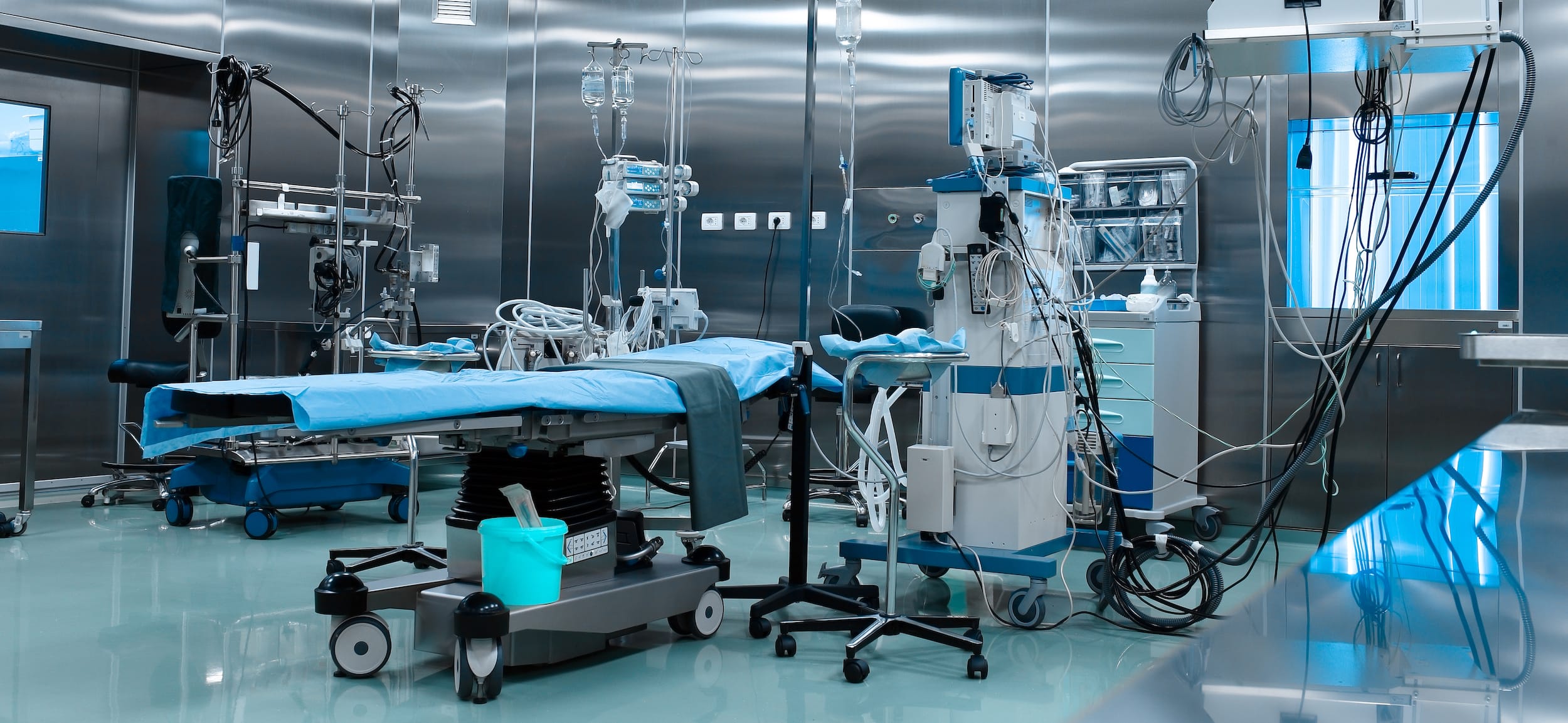Left Ventricle Reconstruction

Left ventricular aneurysm develops after completed myocardial infarction resulting in the out-pouching of thinned and scarred myocardium which becomes dyskinetic in systole.
Left Ventricular Aneurysm
Angioplasty of Left Ventricular Aneurysm
LV aneurysms predispose to thrombo-embolism, congestive cardiac failure, and ventricular arrhythmias. Cardiac MRI provides a comprehensive assessment of the morphology of the aneurysm and adjacent myocardium. Furthermore, the dynamic nature of MRI scanning and its ability to quantify LV ejection fraction, LV volumes, and mitral regurgitation allow operative planning.
The aim of surgical therapy is restoration of LV geometry and LV volume reduction. A coronary bypass surgery is often associated in the presence of concomitant coronary artery disease in viable myocardial territory. A mitral valve repair is associated in the presence of significant ischemic mitral regurgitation.
After opening the left ventricle, the neck of the aneurysm is demarcated; it can be closed using direct sutures or most often it is closed with a patch in order to respect the LV volume and to restore the shape of the heart. The remaining aneurysm sac is removed and closed with Teflon to buttress over the patch.
Left Ventricle Reconstruction
LV Restoration / Reconstruction:
- Reduces the size of the ventricle
- Restores the elliptical shape of the heart
- Significantly improves the pumping action of the heart
- Usually done with CABG
- Often done with valve repair
- Improves clinical status.

